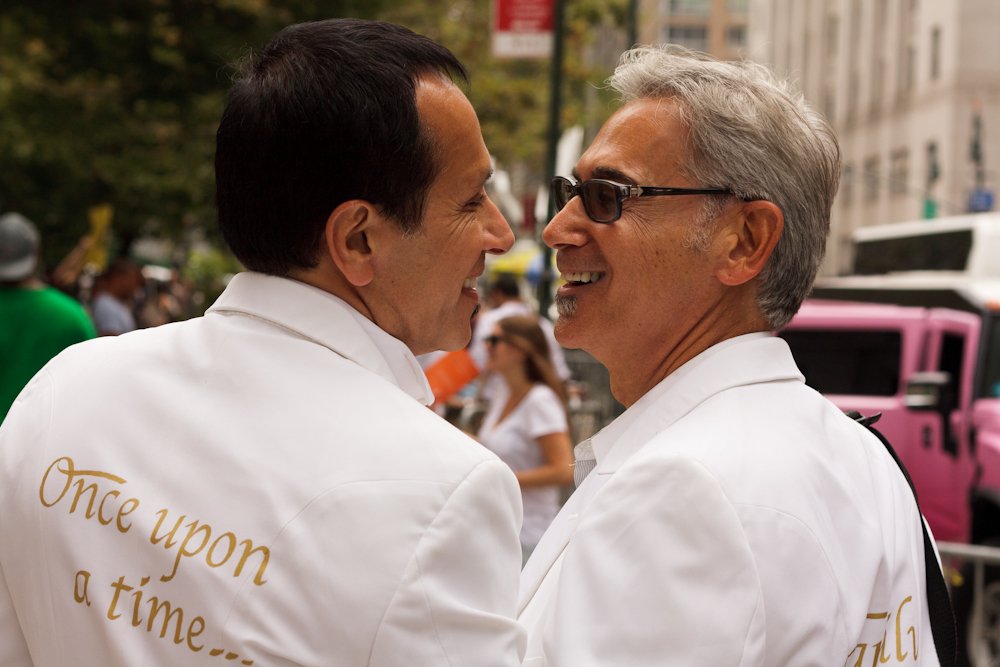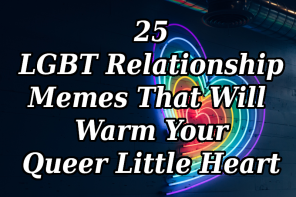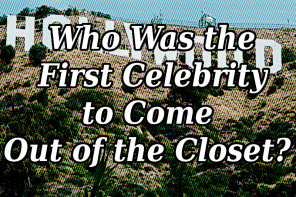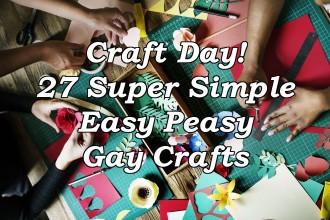One of the biggest arguments against the LGBT Marriage Equality movement is that people feel it redefines marriage – and, quite frankly, it does. Marriage, like any cultural tradition, gets redefined and evolves as society evolves and changes. Marriage today is a reflection of how diverse and eclectic the couples are that choose to enter into it as their relationship develops. As more and more couples find a place for their relationship within the framework of marriage, that changes not only how we see marriage but what marriage comes to mean as a reflection of society. Some feel this is a new idea, something that’s only started happening now that marriage equality has become such a huge issue but the truth is that marriage has been redefined several time throughout history.
The Real Traditional Model of Marriage
Today people use the phrase ‘traditional marriage’ as shorthand for ‘man and woman’, but that’s a bit misleading since the truly traditional form of marriage included more than just the man and woman – it actually represented two families who came together for business interests. Marriage in its earliest form simply wasn’t a matter of two people being in love and choosing to unify their lives – it was about familial alliances and business arrangements. Most people are familiar with this concept as it relates to marriage in the ancient world, but too often this is seen as being a practice long gone. However, a 2012 study conducted by UNICEF found that 55% of modern marriage worldwide were arranged.
With this is mind, the introduction of people being married for love as opposed to profit or the securing of a family’s future fortune was the first time a cultural shift changed the way people saw and entered into marriage. But it wouldn’t be the last. Polygamy, for example, was seen as the norm for generations, including many of the principle characters in the Christian religion. Moses and Jacob each had two wives, David had eight and Solomon took the cake with “seven hundred wives, princesses, and three hundred concubines.” Polygamy is, of course, still practiced in some cultures and countries, including natives of North America and early settlers. But polygamy in all forms was declared illegal by the United States in the mid-1800s. Today, polygamy, sometimes called plural marriage, has experienced a cultural revival but remains illegal and is seen by most as being “non-traditional” despite its ancient roots.
More currently, divorce and blended families also contributed to the redefinition of marriage by modern society. In earlier times, divorce seldom occurred but even as laws were enacted to help make obtaining a divorce easier, it still carried a significant amount of social stigma. Starting in the 1970s and 1980s this stigma began to lessen somewhat and single-parent households became increasingly common. In many cases, these divorced people would later meet, fall in love with and want to marry a new person, blending their families into one cohesive unit. But blending two families which may already come with children and exes was no easy task and the nation saw a boom of books and etiquette manuals like “Remarriage: A Family Affair” in 1984 and the iconic “Free to be … A Family” released in 1988. Each of these books advised couples and their children on how to blend families starting from the moment the couples walked down the aisle to dealing with extended family issues later. The change in how society viewed divorce, single parenthood and blended families once again redefined how marriages took place, which people were included in the party and even issues on manners of etiquette.
Marriage as a Reflection of a Culture United
Beyond that, other cultural shifts, including a wider acceptance of interracial and interfaith marriages have also done their part to help shape the new view of marriage. People from different cultures often add a bit of each to their wedding ceremonies including traditional rituals such as Jewish hora chair dance or the Romani ritual of Jumping the Broom. Including these and other traditional rituals in a wedding where partners come from different races, cultures or faiths is a way to show the true union of every aspect of the happy couple and their families.
So as marriage equality becomes a reality, it would be misguided to say that the change won’t add something new to how we see marriage and how it reflects on us as a culture. Over time, marriage has become more inclusive in terms of welcoming larger families, different dynamics and relationships, such as people who have gotten divorced and interracial, intercultural or interfaith couples. As each of these groups grew in numbers, gained their voice and began to assert themselves, they each brought something to the rituals and ceremonies, creating traditions for a new generation.
LGBT couples gaining the right to legally marry the person they love doesn’t change the true meaning of marriage – the definition of it that pertains to love, unity and strong familial bonds. It simply changes some of the public aspects of the ritual and celebration of the union because, ultimately, the institution of marriage is a living thing. It grows, stretches and changes based on the culture using it and, in this, marriage equality is nothing more than the next evolutionary step in how we all come together to embrace, welcome and celebrate love in every form.





